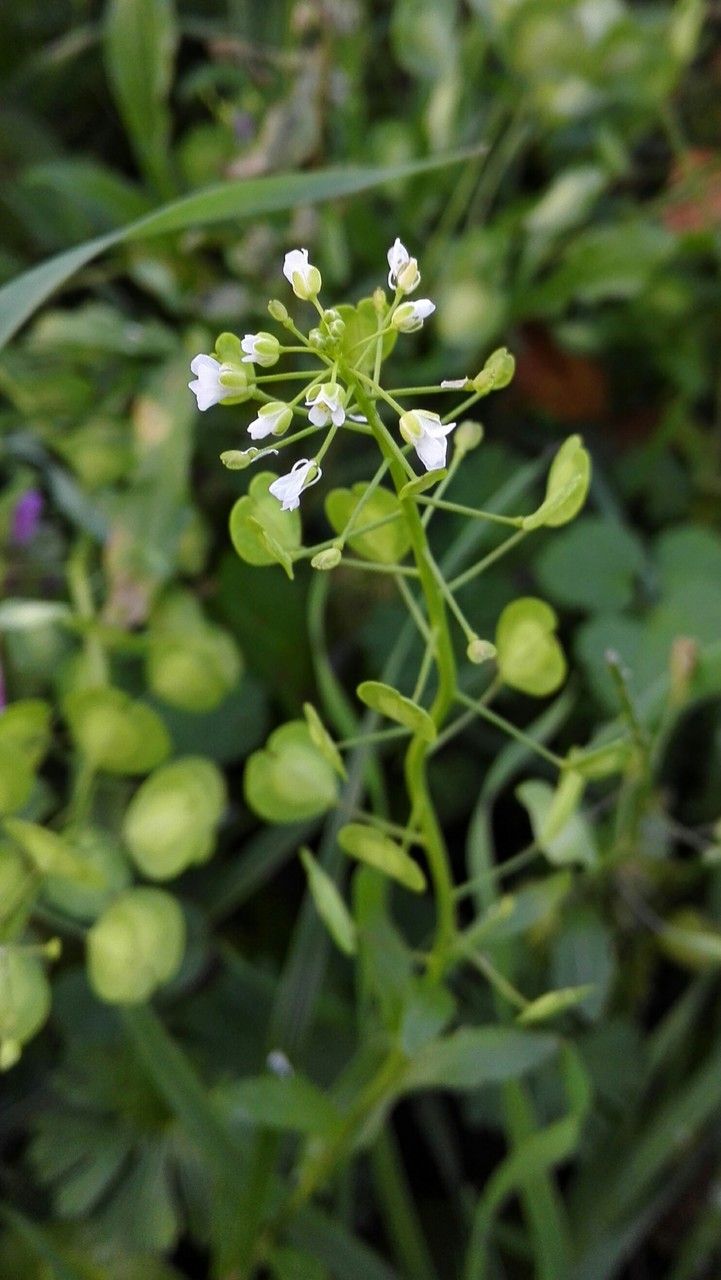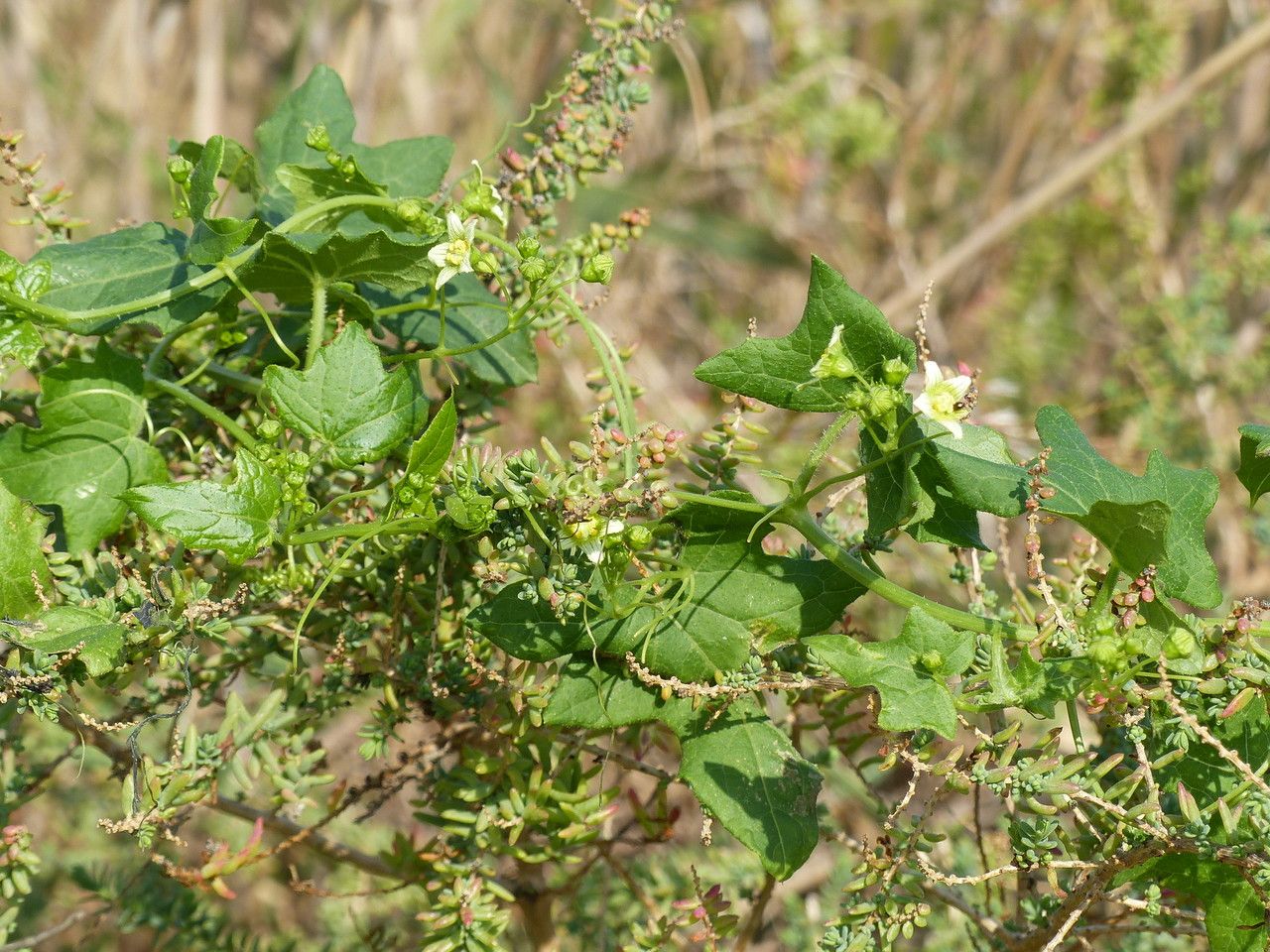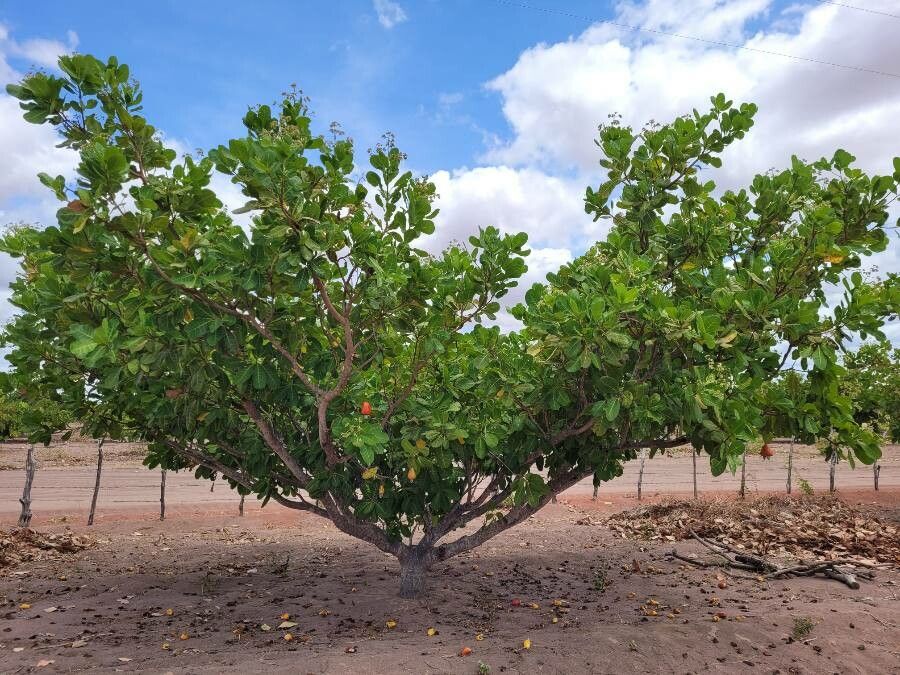### Bastard Cress: An Unassuming Wildflower with Surprising Qualities
Bastard Cress, a common name encompassing several species within the *Brassicaceae* family (also known as the mustard family), often gets overlooked. While sometimes considered a weed, this unassuming plant possesses a fascinating history and intriguing characteristics that warrant a closer look. Its resilience and adaptability make it a captivating subject for both amateur botanists and experienced gardeners.
### Taxonomy and Identification
The term 'Bastard Cress' is not a precise botanical designation but rather a common name applied to various species in the *Brassicaceae* family. Accurate identification requires careful examination of specific plant features like leaf shape, flower color, and seed pod structure. These species share certain traits, including their characteristic four-petaled flowers and silique fruits (long, slender seed pods). To identify a particular Bastard Cress species, you will need to consult detailed botanical guides or consult with plant experts.
### Habitat and Growth
Bastard Cress plants thrive in a diverse range of habitats. Many species are found in disturbed areas, meadows, fields, and along roadsides. Their adaptability makes them resilient and able to colonize various soil types, often thriving in environments where other plants struggle. Some species are even considered ruderal plants, meaning they are specifically adapted to colonizing disturbed human-made environments.
### Sun Exposure and Soil Needs
Bastard Cress species generally prefer full sun to partial shade. They tolerate a wide range of soil conditions, but well-drained soil is preferable. While they can tolerate poor soils, providing adequate drainage prevents root rot, a common issue for many plants in the *Brassicaceae* family.
### Cultivation and Care
Cultivating Bastard Cress can be surprisingly straightforward, especially if you're seeking a low-maintenance addition to your garden or a hardy plant for a wildflower meadow. Sow seeds directly into the prepared soil in spring or autumn. Ensure the soil is adequately moist and keep it consistently watered, especially during dry periods. Minimal fertilization is usually sufficient, as these plants are quite adaptable and don't require rich soil.
### Potential Uses and Concerns
While some Bastard Cress species have been used historically for medicinal purposes or as a food source, it's crucial to identify the specific plant accurately before consuming any part of it. Certain species might be toxic, or contain compounds with potential health risks. Furthermore, some species can become invasive if not managed carefully. Therefore, thorough research and cautious handling are essential.
### Conclusion
Bastard Cress plants, despite their often-unassuming appearance, offer a wealth of botanical interest. Their adaptability, resilience, and historical uses make them a valuable subject of study and a potentially rewarding addition to a carefully managed garden. By understanding their specific needs and potential issues, we can appreciate these plants in their natural habitat and cultivate them responsibly.
Bastard Cress: A Complete Guide

Frequently Asked Questions
How do I grow Bastard Cress?
Sow seeds directly into well-drained soil in spring or autumn. Ensure consistent moisture, especially during dry periods. Minimal fertilization is needed.
Is Bastard Cress invasive?
Some species of Bastard Cress can be invasive depending on the specific species and local environment. Always research the specific species you are planting before introducing it to your garden or landscape.


